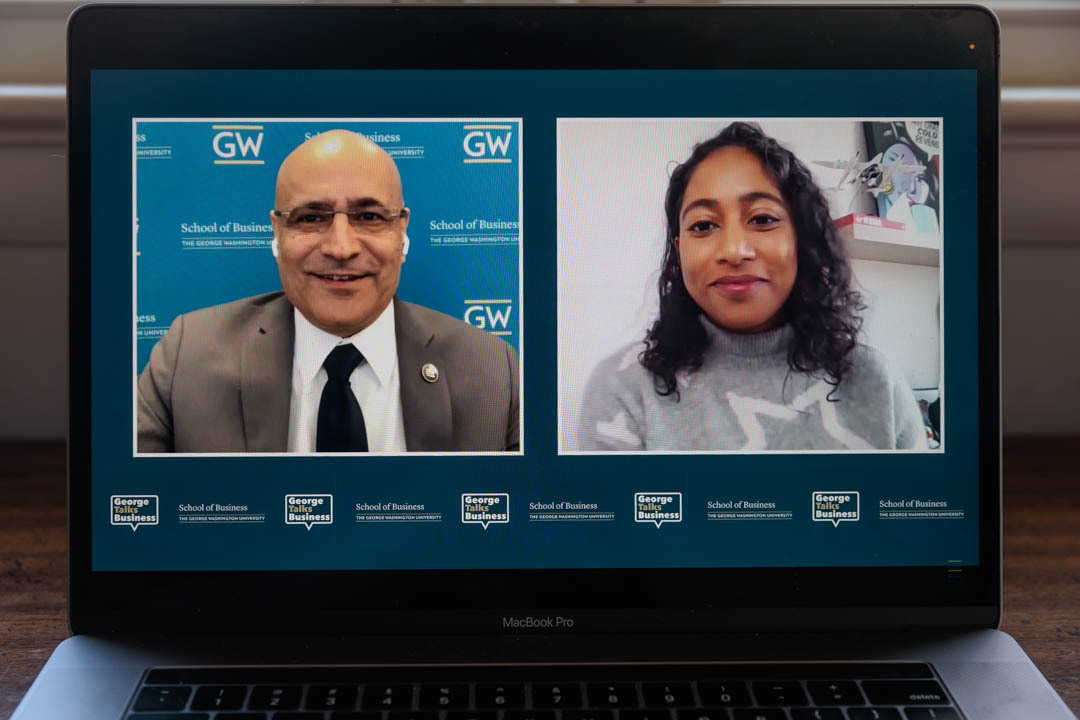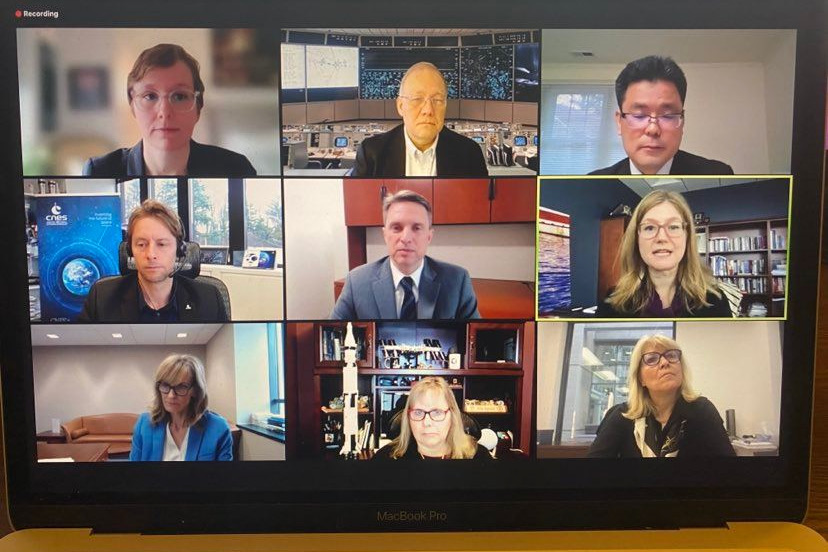George Washington University recently celebrated more than 50 years of research and teaching in science and technology policy. The first research program that specifically focused on science and technology policy at GW was the Program of Policy Studies in Science and Technology (PPST), established in 1966 thanks to a grant from NASA. The name would later be changed to the Center for International Science and Technology Policy (CISTP) and eventually to the Institute for International Science and Technology Policy (IISTP). Along the way, the Space Policy Institute (SPI) was born in 1987 as separate entity working in parallel with IISTP.
The graduate teaching program in Science and Technology Policy Program (STPP) was established in 1970 and was later renamed to its present-day International Science and Technology Policy (ISTP) program. Both the research institutes and the graduate teaching program are part of the Elliott School of International Affairs.
The IISTP manages, in collaboration with colleagues from the SPI, the teaching program and provides a field of study for the doctoral program of the Trachtenberg School of Public Policy and Public Administration (TSPPPA).
The ISTP program just unveiled a mural on the wall outside of its offices on the fourth floor of the Elliott School building depicting significant events in science and technology over the past 50 years.
John Logsdon has seen all of this history. He came to the PPST as a researcher in 1968 before joining the GW faculty in 1970 as the STPP program was established. He progressed to a professor emeritus status in 2008. Logsdon sat down with GW Today to discuss the past half-century of science and technology policy in the world and at GW.
Q: What excited you about the possibilities of teaching science and technology policy that made you want to be a part of it here at GW?
A: By 1968, I was almost done with my Ph.D. dissertation while I was teaching at Catholic University. The focus of the dissertation was Kennedy's 1961 decision to go to the moon. So, I had already self-identified myself as a space policy specialist. Finding in Washington a place that focused on science and technology issues and particularly space issues made me want to be part of it. I campaigned for several years, first of all, to become a part-time staff member at the PPST, to convince the new dean of what then was a School of Public and International Affairs (now the Elliott School) to establish a graduate teaching program to complement the research program, and finally then political science department to hire me as one of two first faculty members associated with new teaching program.
Q: After the Challenger incident in 1986, there was discussion within the Washington space community about the need for a think tank dealing with space issues, and you noted that what CISTP was already doing was quite similar to what was being discussed. Thus, the Space Policy Institute was born. What went behind the decision-making to create this separate entity alongside CISTP?
A: It was just an obvious opportunity to expand the GW brand. The space community already knew what we were doing. Creating a separate Space Policy Institute didn’t involve anything except putting a new sign up to publicize that GW was a place that was already combining teaching and research on space issues.
Q: Not only has it obviously been advantageous to students, but the IISTP has had to have benefited the Washington science, technology, and space communities. For people in government and in think tanks and from the private sector, how much of a benefit has it been for them to have this institution just blocks from the White House and Capitol Hill?
A: First of all, the policy community has used our research results and hired our graduates. We have also served a convening function. There are other groups now that bring people in the community together in an informal setting. We were doing that from the early ‘70s on, and then we got external support to do informal dinners for the science and technology community and after 1987 the space community. For example, in 1992 we were the first to host the head of the just established Russian space agency, Yuri Koptev. The Washington policy community has valued invitations to these gatherings.
But I think the greatest benefit from our existence are the hundreds of students who have come through the graduate program. They have gone on to senior positions in government and industry, both in the United States and overseas. One of our 1983 graduates, social entrepreneur Martin Burt, is even running for president of Paraguay.
Q: What is the challenge of putting developments in information technology, biotechnology, material sciences, space exploration, energy and the environment in a global context? How does ISTP prepare GW students to do that?
A: We focus both on giving students the tools needed for policy analysis and management work and on the history and current status of high priority issues in science, technology and space. We can’t cover everything in depth, but we can certainly emphasize that those issues are international in context and in implications.
Q: How has the ISTP program grown with the evolving discoveries in science and technology over the last 50 years?
A: I think it is the students who come to us for their graduate work that drive our evolution. Their interests cover the whole spectrum of current issues, and we have to find ways to help them understand the policy implications of new discoveries and innovations. Adding both new full-time faculty members and drawing on the Washington community for adjunct professors in “hot” issues enables this. As just one example, almost twenty tears ago former astronaut Dr. Tom Jones and I taught a course about asteroids – both the feasibility of mining them for valuable resources and defending against a civilization-ending asteroid collision with Earth. Another good example is the recent engagement of Prof. Otaviano Canuto to co-teach our capstone course. Otaviano has had an illustrious career as former VP and executive director of the World Bank, former executive director of the IMF, former VP of the Inter-American Development Bank, deputy minister of international affairs in Brazil, and ex-professor at the top two Brazilian universities in that country, the University of Sao Paulo and the University of Campinas.
Q: There have been many prestigious directors, faculty and staff members in the 50 years of science and technology policy at GW. Who have been some of the key players who have both built and helped grow the program?
A: There have been so many individuals–faculty members, researchers, and visiting scholars–who have contributed to the research and teaching programs over the past half century. I couldn’t possibly name (or even remember) them all. Professor Nick Vonortas, our specialist in economics of technological change, came to GW in 1990 and has filled both teaching and management roles. Research Professor Henry Hertzfeld came to GW in 1992; he works on issues of space law and space economics. My successor as director of SPI, Professor of Practice Scott Pace, is an internationally recognized leader in the space field; he just returned to GW after three-and-a-half years as the top White House person for space policy. The late Professor Bob Rycroft was a faculty member for over 25 years teaching energy and environmental policy; he was succeeded by our newest faculty member, Professor Nina Kelsey. And this list does not include former faculty members who have gone on to other productive positions.




